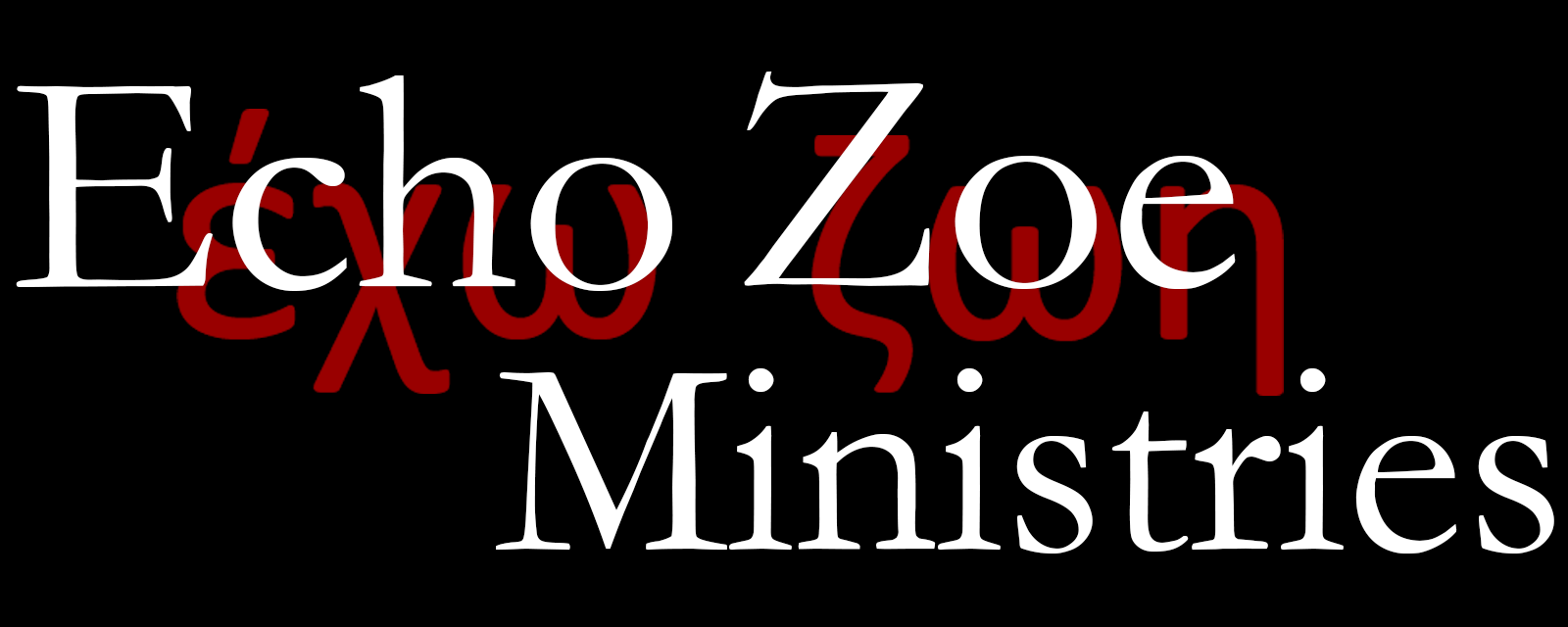 Roger Patterson is a former High School Chemistry and Biology teacher from Wyoming, and now a curriculum writer, editor, and member of the editorial review board for Answers in Genesis. He and Bodie Hodge put together a three-volume resource entitled “World Religions and Cults.” He joins me this month to discuss the books and some of the religions covered within them.
Roger Patterson is a former High School Chemistry and Biology teacher from Wyoming, and now a curriculum writer, editor, and member of the editorial review board for Answers in Genesis. He and Bodie Hodge put together a three-volume resource entitled “World Religions and Cults.” He joins me this month to discuss the books and some of the religions covered within them.
Podcast: Play in new window | Download (Duration: 1:10:08 — 32.4MB)
Subscribe: RSS | Subscribe to Echo Zoe Radio
Outline of the Discussion
- Roger begins by sharing his conversion story; including his upbringing as a Mormon, teaching High School Chemistry and Biology in Wyoming, his time as an atheist, and the realization that his original conversion to Christianity was a false one.
- The first volume is Counterfeits of Christianity. They are religious systems that, in some way, either try to use the Bible or emulate Christianity to some degree. This will include cults like Mormon and Jehovah's Witnesses, but also other religions like Islam, which acknowledge Jesus as a prophet, and refer to the Bible in their own scriptures.
- Volume two is Moralistic, Mythical and Mysticism religions such as: New Age, Hinduism, Paganism, Voodooism, Animism, etc. There are also a few historical religions such as Egyptian, Greek, and Norse/Germanic Mythology.
- The Third Volume is Atheistic and Humanistic religions. This would include systems such as Communism and Naziism. Defining religion as simply one's worldview better explains why these systems would be covered as religions.
- Also in the compendium is a chart of major religions as they relate on the timeline to the major events and figures in the Bible, as well as a “family tree” of Christian denominations, sects, and cults. The primary goal of the chart is to demonstrate that there really are only two religions: Christianity and Humanistic (man-made) religions.
- In the specific chapters on various religions and cults, the authors focus on six main points:
- Who do they say God is?
- What is their source of authority or revelation?
- What is the nature of Man?
- What do they think about sin?
- How do they understand salvation?
- How do they explain Creation? (How did the Universe come to be?)
- There's also a focus on getting to know the people who fallow these religions; to better understand them, ultimately to better understand how to share the Gospel with them in a way they will appreciate.
- Mormonism: Based on Christianity in the early 1800's via Joseph Smith, their prophet. Smith claimed to be visited by “Heavenly Father” and Jesus and was told that none of the Christian groups/denominations, etc. were true, that they all had strayed. They have four main works that they use as the source of authority within their religion: the Bible (most use the KJV), “The Book of Mormon”, “Doctrine & Covenants”, and “The Pearl of Great Price.”
- Mormons believe Man to be the product of a sexual relationship between “Heavenly Father” and one of his many wives, “Heavenly Mother.”
- Their idea of salvation involves Jesus dying on the cross for Men, but also depends upon works to bring people to righteousness. Mormonism is very works-based.
- Rather than God creating everything out of nothing, they believe that “Heavenly Father” and the council of gods, working through Jesus Christ, recreated either the universe or part of the universe (this belief differs among Mormons.)
- Mormons use many of the same words that we use as Christians, but the problem is that they define those words radically different than we do.
- Hinduism: Comes out of Eastern thinking; the concept of universal “one-ness” or Brahmanism (Hinduism was sometimes referred to as Brahmanism in older literature.) From the Brahman emanates three key gods: Brahma, Shiva, and Vishnu. From them emanates millions of other gods.
- Hinduism has aspects of both pantheism (god is everything, everything is god) and panentheism (god is IN everything).
- Unitarianism: Listed under “Moralistic and Mythological” religions. Unitarianism has its roots as a sect within Christianity, but has morphed into a much more moralistic religion. It arose out of Eastern Europe shortly after the Reformation.
- Unitarianism sees God as a Unity, not a Trinity.
- As Unitarianism is driven from Transylvania and other parts of Eastern Europe, it drifts to England, and eventually to the early colonial United States. It brought a lot of interesting history, especially in New England.
- In the mid 1800s, it shifted from being Biblically-based to much more Universal. Unitarian Universalists in many ways no longer look like Christians much at all.
- Communism and Naziism: Both are Humanistic worldviews (religions). At their heart is Atheism, and that there is no “higher power.”
Additional Resources
- World Religions and Cults
- Understanding a World of Beliefs – Ken Ham and Mark Looy
- Every Mormon’s Need for Rest – Roger Patterson




